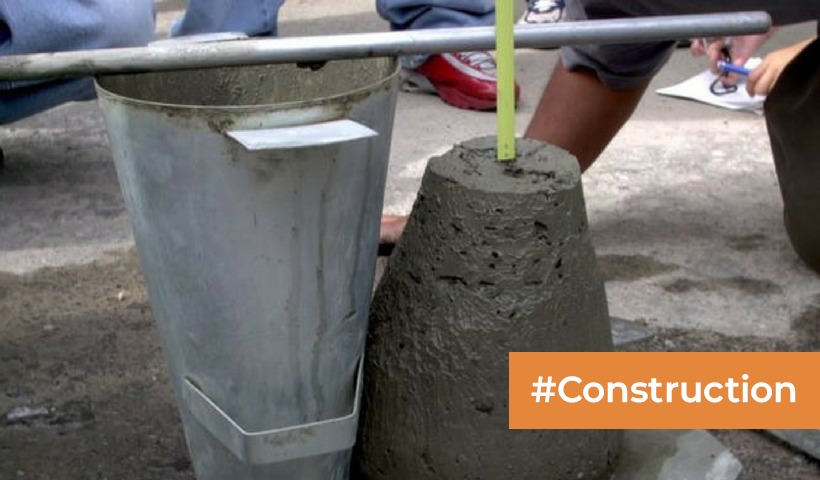Abutments in Construction: A Comprehensive Guide for Indian Readers
In the realm of construction, abutments play a crucial role in providing stability and support to various structures, particularly bridges. Understanding the significance of abutments is vital for engineers, architects, and anyone involved in construction projects. This article aims to provide Indian readers with a comprehensive guide on abutments, shedding light on their types, functions, and importance in the Indian construction context.
What Are Abutments?
Definition and Purpose
Abutments are support structures at the ends of bridges, retaining walls, or similar constructions. Their primary purpose is to resist the horizontal thrust exerted by the superstructure, such as the weight of a bridge or an embankment. By offering stability and anchorage, abutments ensure the integrity of the overall structure and help distribute loads safely.
Types of Abutments
Gravity Abutments
Gravity abutments rely on their weight to counteract the lateral forces imposed by the superstructure. In India, gravity abutments are commonly used for smaller bridges and structures where the soil conditions allow for such a design. The weight of the abutment itself, coupled with proper foundation support, ensures stability.
Cantilever Abutments
Cantilever abutments use an extended arm or cantilever to counteract the horizontal forces. These abutments often feature a wing wall, providing additional lateral support. Cantilever abutments are suitable for medium to large bridges and are prevalent in the construction of highway overpasses and flyovers in India.
Counterfort Abutments
Counterfort abutments incorporate vertical columns known as counterforts along the back face of the abutment. These counterforts help resist the lateral thrust and distribute the load effectively. In India, counterfort abutments are frequently employed for large-scale projects, offering a balance between stability and design flexibility.
Stub Abutments
Stub abutments are short, massive structures that rely on their weight and the friction between the abutment and the soil for stability. They are commonly used in areas with good soil conditions. In India, stub abutments are suitable for smaller bridges and structures where space constraints or soil characteristics dictate their use.
Design Considerations
Soil Conditions
Understanding the soil conditions is paramount when designing abutments. In India, where soil types vary widely, engineers must conduct thorough soil investigations to determine factors such as bearing capacity, settlement characteristics, and soil stability. This information guides the selection of an appropriate abutment type and design.
Water Flow and Drainage
Given India’s diverse climate and monsoon patterns, water flow and drainage considerations are crucial in abutment design. Proper drainage systems must be integrated to prevent water accumulation around abutments, which could compromise their stability over time.
Seismic Considerations
India is prone to seismic activity, and abutments must be designed to withstand the forces generated during an earthquake. Engineers use seismic design principles to ensure that abutments can withstand ground motion and protect the overall structural integrity of the bridge or retaining wall.
Construction Materials
Reinforced Concrete
Reinforced concrete is a prevalent material for abutments in India due to its versatility and strength. The use of reinforced concrete allows for the construction of abutments that can withstand heavy loads and provide durability in diverse environmental conditions.
Steel
In some cases, steel is used for constructing abutments, especially when a lightweight and cost-effective solution is required. Steel abutments are common in temporary structures and situations where rapid construction is essential.
Masonry
Traditional masonry, using materials like bricks or stones, may be employed for smaller structures or where aesthetic considerations are important. In some regions of India, masonry abutments can be found in historical or culturally significant bridge constructions.
Importance of Abutments in Indian Infrastructure
Bridge Construction
In India, where a vast network of rivers, canals, and varied topography exists, bridges are critical components of the transportation infrastructure. Abutments provide essential support for the foundations of bridges, ensuring their stability and longevity.
Retaining Walls
Abutments are integral to the construction of retaining walls, which are commonly used in terraced landscapes, road embankments, and other infrastructure projects. In hilly regions of India, retaining walls with well-designed abutments prevent soil erosion, landslides, and structural failure.
Railway Overpasses
The extensive railway network in India requires the construction of numerous overpasses and flyovers. Abutments are fundamental to the structural integrity of these elevated railway crossings, ensuring the safety and efficiency of rail transport.
Regulatory Compliance
National Building Codes
In India, the National Building Code (NBC) sets the standards and guidelines for various aspects of construction, including abutment design and construction. Engineers and architects must adhere to the relevant provisions of the NBC to ensure that structures comply with safety and quality standards.
Local Authorities
Local municipal bodies and state-level authorities also play a crucial role in regulating construction activities, including those related to abutments. Obtaining necessary approvals and ensuring compliance with local regulations are essential steps in any construction project in India.
Maintenance and Rehabilitation
Regular Inspection
To ensure the continued functionality and safety of abutments, regular inspections are essential. Engineers and maintenance crews should monitor for signs of wear, deterioration, or structural issues and address them promptly.
Retrofitting
In cases where abutments show signs of distress or inadequacy, retrofitting measures may be employed. Retrofitting involves strengthening or modifying the existing structure to enhance its performance and extend its service life. This is a common practice in India, especially for older bridges and structures.
In conclusion, abutments are integral to the stability and functionality of various construction projects in India, ranging from bridges to retaining walls. The diverse topography, soil conditions, and climate variations across the country necessitate careful consideration and adaptation of abutment designs.
Engineers, architects, and construction professionals must stay abreast of the latest advancements in abutment design, construction materials, and regulatory requirements to ensure the resilience and longevity of infrastructure projects. By understanding the nuances of abutments and their role in construction, stakeholders can contribute to the development of safe, sustainable, and robust infrastructure in the dynamic context of India.




